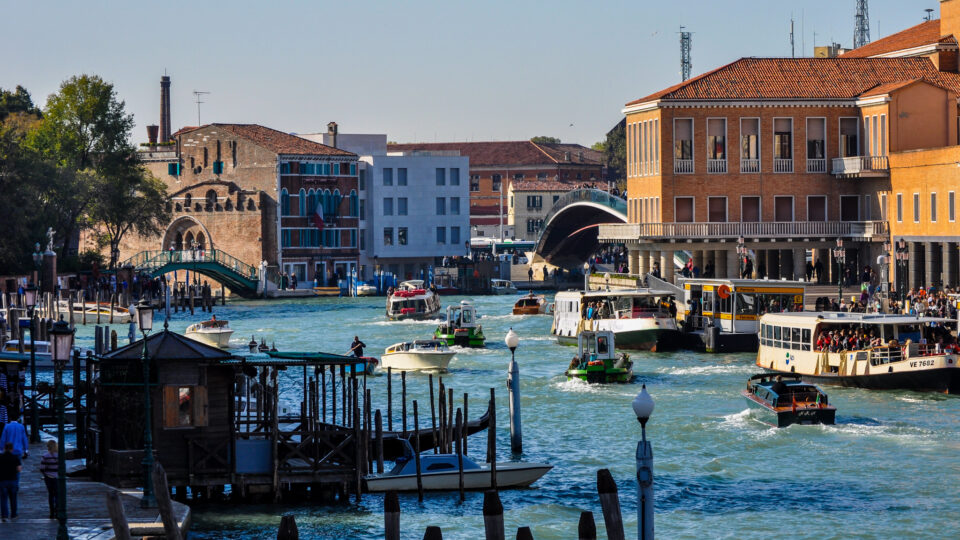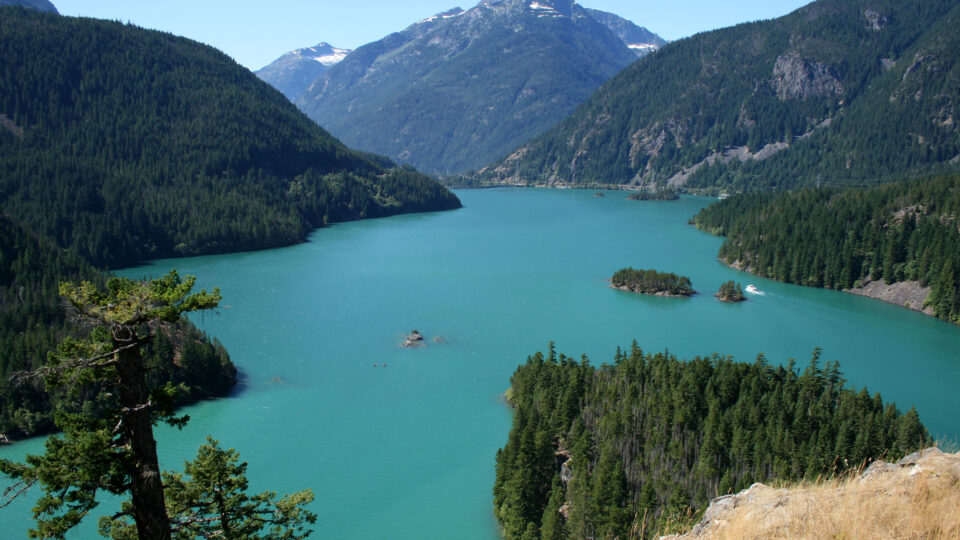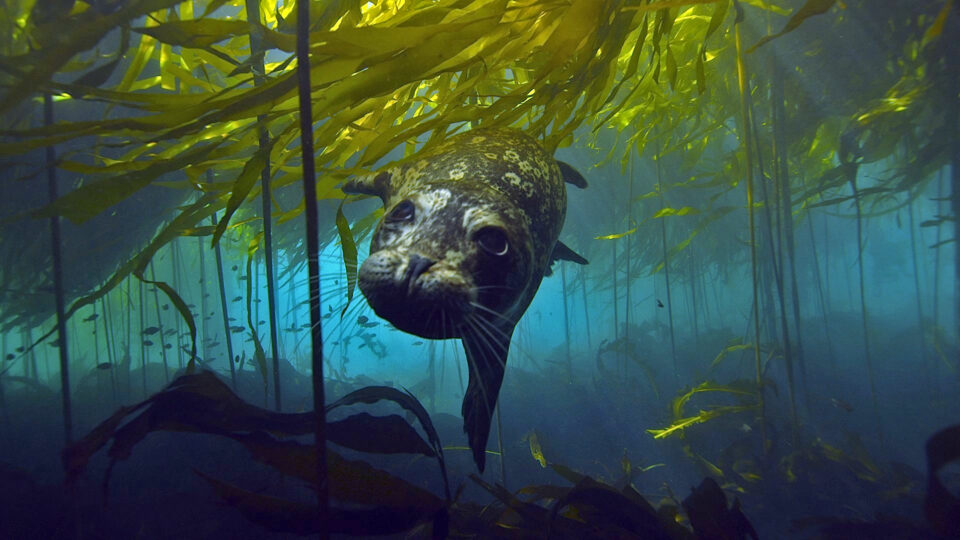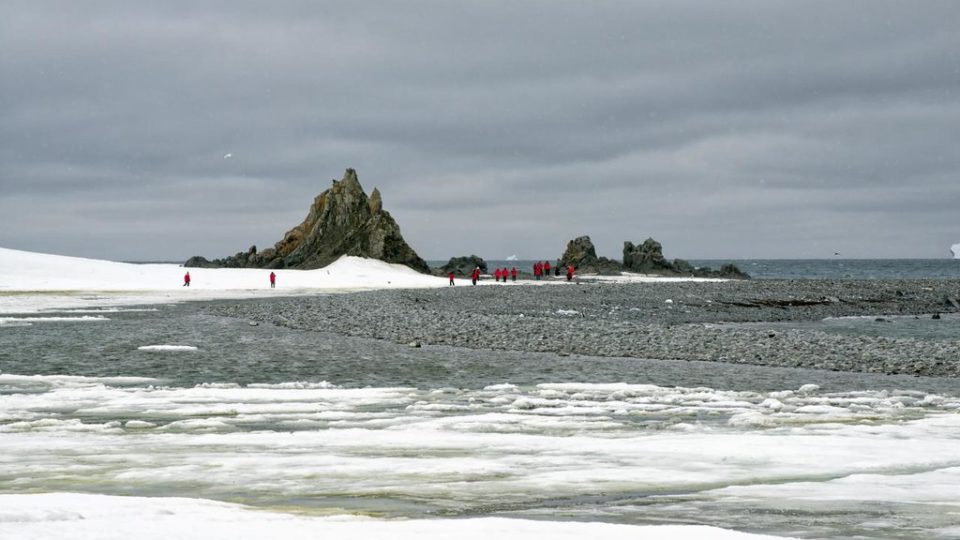Sea levels across the globe are rising as a result of the changing climate. Two factors are largely responsible: the melting of ice sheets in the polar regions and the fact that as the oceans get warmer, the water in them expands.
Estimates are that by 2050, there will be over 800 million people living in 570 cities that will be at risk from rising sea levels. The rising waters can drown neighborhoods, put people’s lives at risk, and wreck entire economies. Unless global emissions can be reduced sufficiently, sea levels will continue to rise.
A new study, published in the journal Nature Sustainability by Nanyang Technical University in Singapore in collaboration with the University of New Mexico, ETH Zurich, and NASA’s Jet Propulsion Lab, has focused on yet another aspect of the threat to coastal cities. They have found that many densely populated coastal cities worldwide are even more vulnerable to sea level rise because much of their land is sinking.
The researchers processed satellite images of 48 cities from 2014 to 2020 using a system called Interferometric Synthetic Aperture Radar. They found that land subsidence varied on a neighborhood and even individual block level but across all the cities studied, there was a median sinking speed of 6/10” a year. Some places had land that is sinking at 1.7” per year. Meanwhile, the global mean sea-level rise is about .15” per year.
The increasing prevalence of industrial processes such as the extraction of groundwater, and oil and gas, along with the rapid construction of buildings and other urban infrastructure are leading to the sinking of the urban areas.
**********
Web Links
Rapid land sinking leaves global cities vulnerable to rising seas
Photo, posted October 24, 2015, courtesy of Jeffrey via Flickr.
Earth Wise is a production of WAMC Northeast Public Radio



